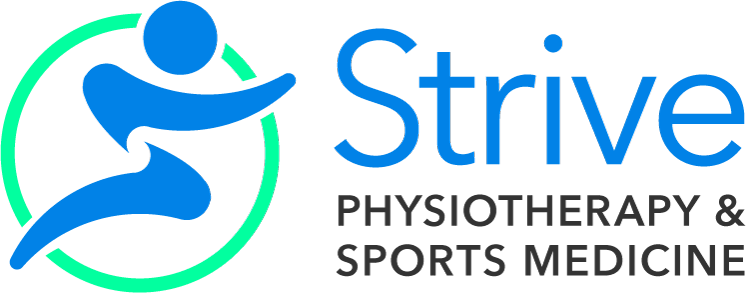Patellar Tendinopathy in Volleyball Athletes
What is Patellar Tendinopathy?
Patellar tendinopathy is an over-use and over-load injury to the patellar tendon. The patellar tendon is connected to the quadriceps muscle and is important for extension of the knee. This is critical for movements like blocking and spike approaches. Another name for patellar tendinopathy is Jumper’s Knee as it is common in those performing repetitive jumping.
What causes Patellar Tendinopathy? What are common symptoms of Patellar Tendinopathy?
Patellar tendinopathy is common in volleyball athletes between 15 – 30 years old. The patellar tendon is commonly loaded during jumping activities and while playing defense in a squat position. Over-use or over-loading of the patellar tendon is common if performing increased amounts of blocking, or spiking, and when maintaining a squat position for prolonged periods of time. Another way a volleyball athlete can cause patellar tendinopathy is repeated falling on the patellar tendon.
Common symptoms include:
- Anterior knee pain below the patella
- Pain increases with increased load to the quadriceps
- Pain with prolonged sitting and squatting
- Pain when going down stairs
- No pain with rest
- Pain at the beginning of exercise or after a large workout
How can physiotherapy help my Patellar Tendinopathy?
Your Strive Physiotherapist will perform a detailed assessment to look at your posture and knee control at rest and with movement. Based on this assessment, they will implement the most appropriate initial treatment options to promote the healing of your tendinopathy. Your physiotherapist will provide you with a tailored exercise program to appropriately load your patellar tendon, strengthen the muscles surrounding the hip and knee, and to properly warm-up and cool-down when playing volleyball.
Your physiotherapist will may also employ manual therapies such as massage to the muscles of the lower leg and joint mobilization, or modalities such as shockwave therapy and Acupuncture or Dry Needling.
In later stages, exercises will be focused on returning to sport pain-free. Exercises will be tailored to return to jumping and squatting necessary for volleyball.
How can massage therapy help my Patellar Tendinopathy?
Massage therapy can help treat your patellar tendinopathy by addressing any tight and sore muscles that develop from compensating for your painful knee. Your Strive Massage Therapist will work on a broad area of muscles contributing to your symptoms, helping to reduce tightness through the thigh, hips, and knees that could be contributing to your pain.
At Strive we work as a team. Your Strive Massage Therapist will communicate with your Physiotherapist to ensure both members of your team are working together to help you get back to your normal.
How Can Sports Medicine/Physiatry Help My Patellar Tendinopathy?
In most cases, the conservative management described above is effective at overcoming the symptoms of your patellar tendinopathy. However, in some cases you may need to see a sports medicine physician. Your Sports Medicine Physician is able to order imaging such as an ultrasound to determine if there are any tears in the tendon that could be slowing down the healing process. They can also perform various specialized injections such as cortisone or platelet-rich plasma (PRP) and provide medications both oral and topical.
How Long Does It Take To For Me To Recover From My Patellar Tendinopathy?
The length of time for recovery will depend on the extent of the tendinopathy. The earlier treatment is sought the better the outcomes. In many circumstances pain symptoms can be resolved in 3 weeks, and recovery back to sport can occur in 6 weeks. In more severe cases of patellar tendinopathy return to sport can take 3-4 months especially if surgical repair is required.
However, to avoid patellar tendinopathy in the future, it is important to stick with your rehabilitation exercises even when your knee feels better, to ensure you can properly protect your tendon from re-injury.
What Can I Do To Treat Patellar Tendinopathy At Home?
Avoid doing the things that aggravate your symptoms including avoiding jumping and landing on hard surfaces such as concrete. Prior to playing you should ensure that you perform a good warm up that includes mobility and stretching exercises for the legs. After playing you should also perform a good cool down. Ice for 10 mins can be used if any swelling in the knee is seen. Place a bag of ice, wrapped in a tea-towel, over the swollen area for 10 minutes 2-3 times a day. Make sure never to fall asleep when using ice, because if you leave the ice on for too long, you can give yourself frostbite. Self-massage or foam rolling to the muscles of your thigh can also help with tightness and muscle pain.
What Are The Best Exercises To Help With My Patellar Tendinopathy?
Check out the following exercises you can use to recover in the early stages of patellar tendinopathy. Patellar Tendinopathy Exercise Program.
Please keep in mind that these exercises were designed as a place to start to address your symptoms. These exercises should not be performed or continued if they cause or increase your pain in any way. Using these exercises for self-management of your symptoms does not replace the value of being assessed by a Health Professional. If you find you need help, let a Strive Health Professional help you, book your time today!

